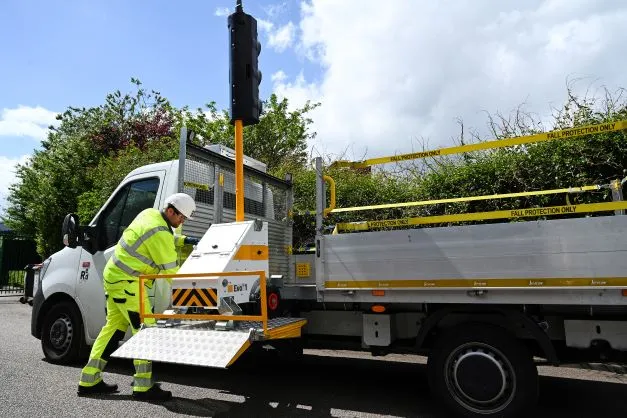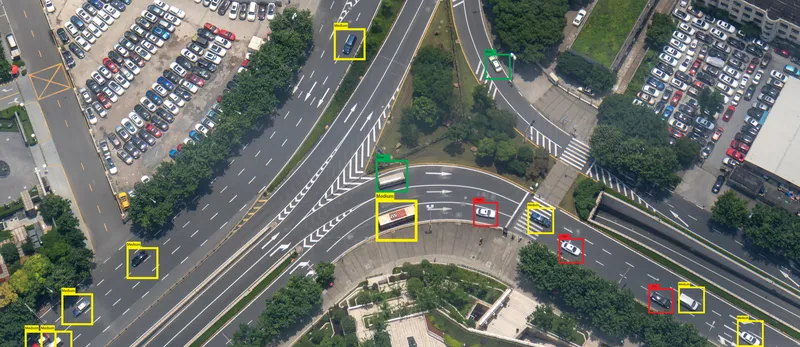TransCore and the New York City Department of Transportation have been presented with the prestigious International Road Federation (IRF) Global Road Achievement Award (GRAA) for deployment of the midtown in motion adaptive signal control system. The GRAA is a leading international competition to identify and honour excellence, innovation, and exceptional achievement. This year’s awards honoured ten projects from countries around the world, with NYCDOT and TransCore receiving the award for excellence in int
January 16, 2013
Read time: 2 mins
The GRAA is a leading international competition to identify and honour excellence, innovation, and exceptional achievement. This year’s awards honoured ten projects from countries around the world, with NYCDOT and TransCore receiving the award for excellence in intelligent transportation systems (ITS) and traffic management. In June of 2012, they also received the Most Outstanding ITS Project of the Year by ITS New York.
The city’s state of the art ITS infrastructure deployment program includes modernisation of the citywide computerised traffic control system which monitors and controls 12,400 traffic signals throughout the five boroughs, creating the largest such system in North America. It also includes Manhattan’s midtown in motion program advanced active traffic management system.
TransCore designed New York’s next generation traffic control system that includes the company’s TransSuite traffic management software and its multi-protocol Encompass radio frequency identification (RFID) readers, KLD’s adaptive control module, advanced transportation controllers provided by Peek Traffic, and other related equipment using the New York City wireless network (NYCWiN).
TransCore President Tracy Marks commented, “We’re honoured to receive this award and thank the extremely talented and dedicated individuals that served on our team. We are proud to have served the City of New York as it undertook such a monumental task and believe it will serve as a model for other ITS deployments around the world.”
Mohamad Talas, the City’s deputy director, systems engineering, ITS management, stated, “We are pleased in winning the IRF award for the NYC ITS modernisation project and hope our success will provide a new real-world model for the use of current advanced technologies to support active traffic management in big cities.”
The IRF Chairman and Mayor of Riyadh Abdullah A. Al-Mogbel presented the winners with the brilliant cut crystal globe trophy. Attending the ceremony for the New York City Department of Transportation was Bruce Schaller, deputy commissioner of traffic and planning.









